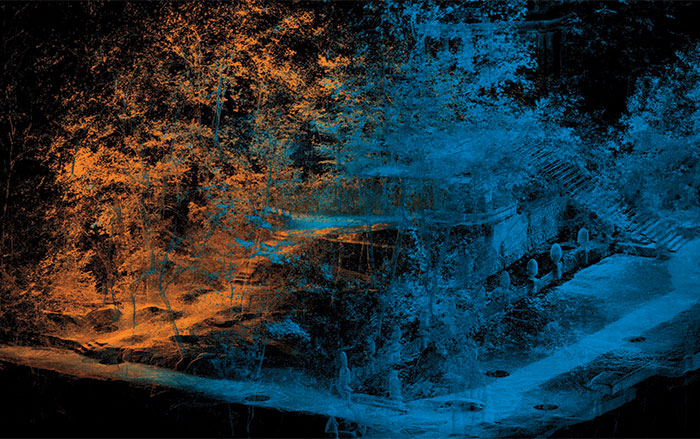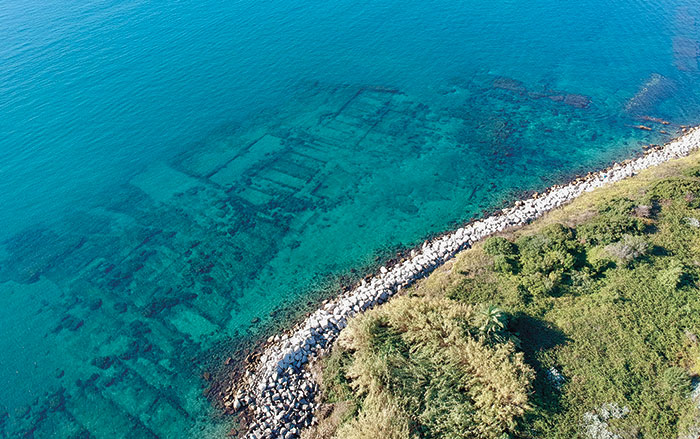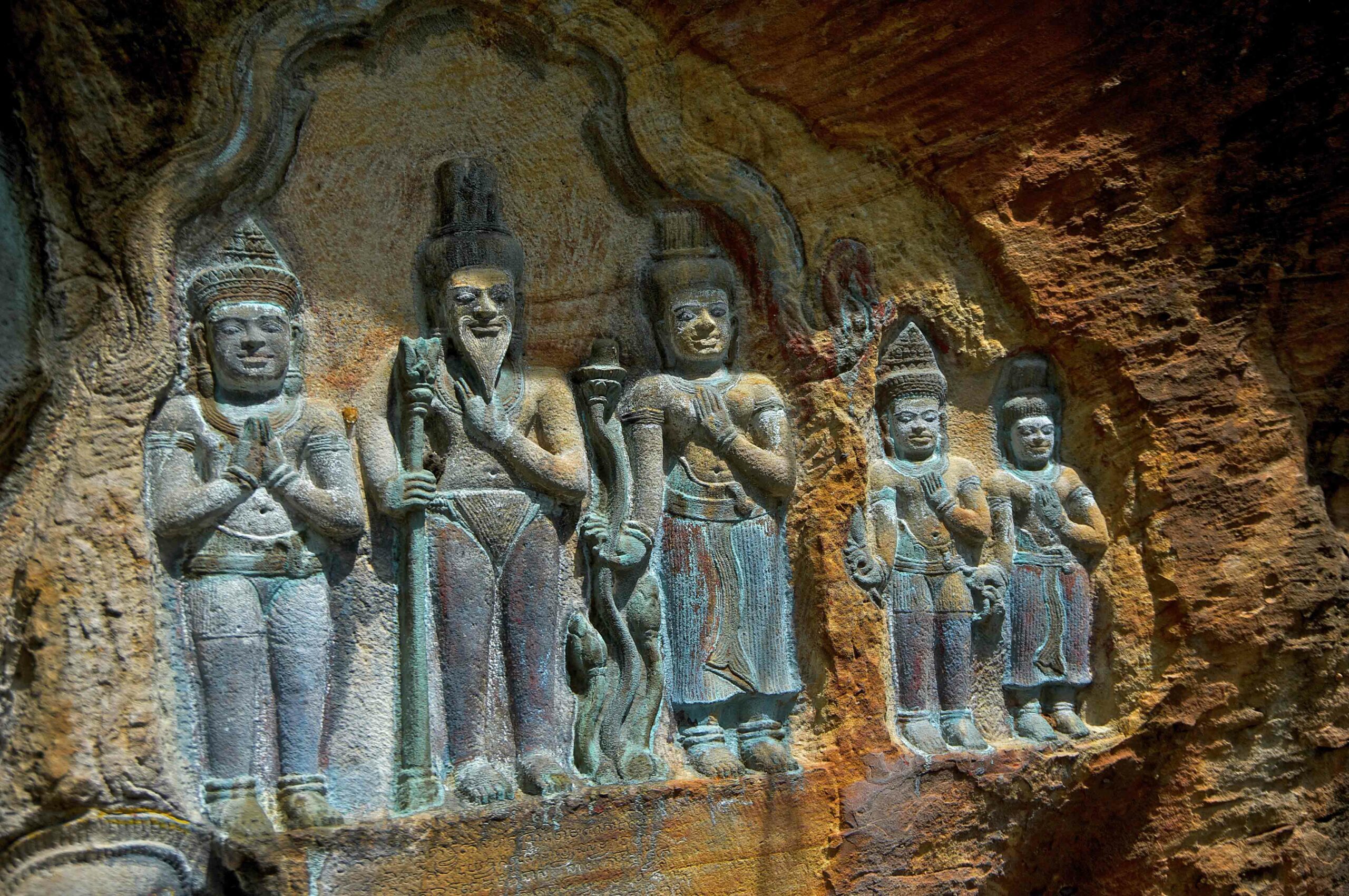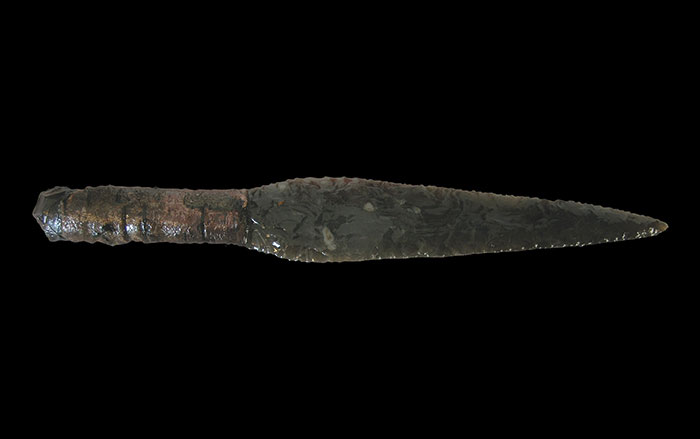
BOULDER, COLORADO—The last of the Neanderthals died out some 40,000 years ago, about the same time as the Campanian Ignimbrite (CI) eruption in Italy. Archaeologists have wondered if the volcanic cataclysm, which injected sulfur dioxide into the stratosphere, played a role the extinction. A sophisticated climate model developed by Benjamin A. Black of the University of California, Berkeley, and his colleagues simulates the environment after the eruption. “Radiocarbon dating has shown that at the time of the CI eruption, anatomically modern humans had already arrived in Europe, and the range of Neanderthals had steadily diminished. Work at five sites in the Mediterranean indicates that anatomically modern humans were established in these locations by then as well,” they wrote in an upcoming article in the journal Geology. The model shows that temperatures in Eastern Europe and Asia had the largest decreases after the eruption. The last Neanderthal populations and modern humans in Western Europe would have experienced a drop in temperature from two to four degrees Celsius. The team concludes that these changes were probably insufficient to trigger the demise of the Neanderthals. To read more about our extinct cousins, see "Should We Clone Neanderthals?"









